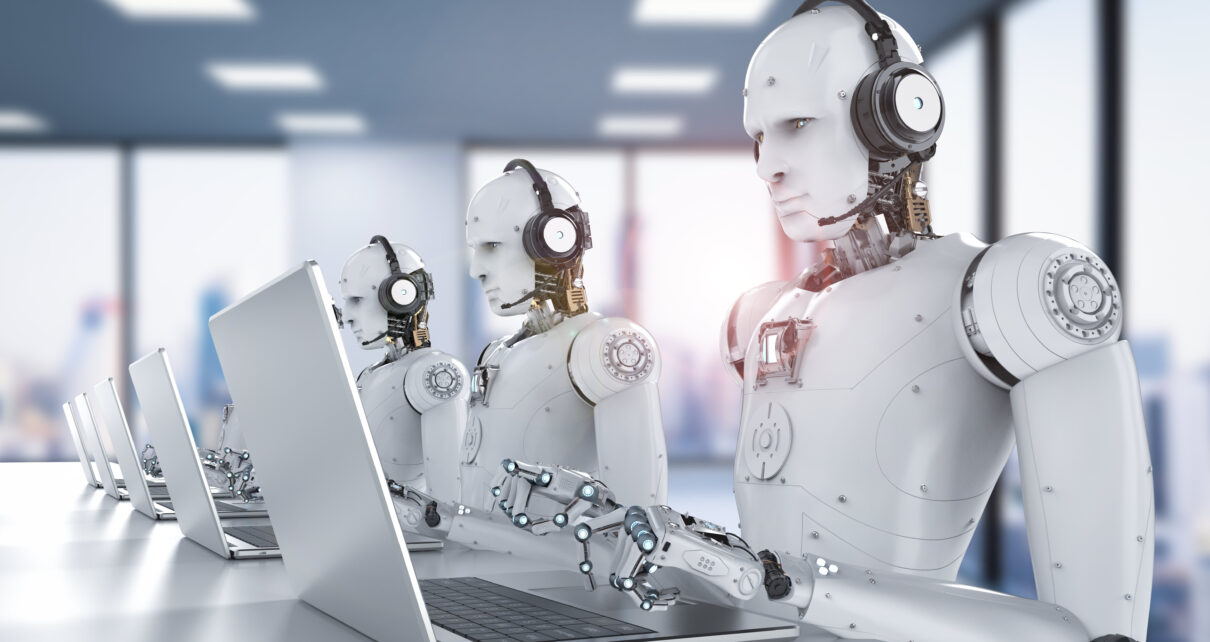Amazon is now one of the largest employers in the United States, but its empire was built partly thanks to a small army of robotic workers.
- Will Knight
:extract_focal()/https%3A%2F%2Fs3.amazonaws.com%2Fpocket-collectionapi-prod-images%2Ffb2e2994-0620-4605-b1d3-eb5c5aff4c0a.png)
As WIRED senior writer Will Knight writes in a behind-the-scenes feature article, Amazon is now rolling out thousands of new, more advanced robots. The move could have profound implications for the company’s workers, for its customers, and for ecommerce as a whole.
“Amazon’s latest robots could bring about a company-wide—and industry-wide—shift in the balance between automation and people,” Knight writes. “Certain jobs will be eliminated while new ones will emerge […] and competitors, as always, will be forced to adapt or perish.”
Knight has spent more than a decade chronicling developments in automation, robotics, and artificial intelligence. He explains that, despite recent excitement over AI programs like ChatGPT, most industrial robots remain remarkably dumb and inflexible—largely because of the incredible challenges that come with operating in the messy physical world. And yet, rapid progress in AI, steady improvements in hardware, and rising demand for automation mean that we may well stand on the cusp of robotic revolution.






